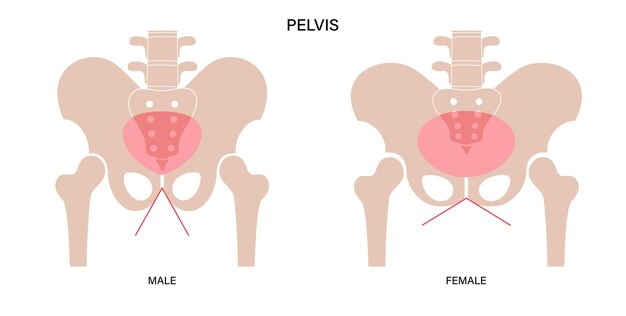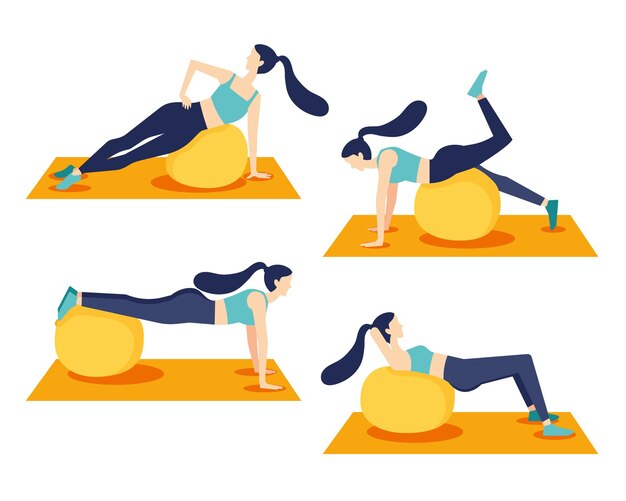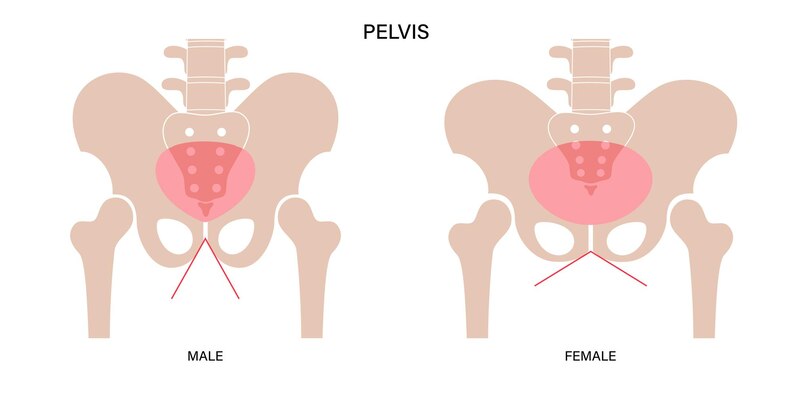Your pelvic floor is a group of muscles that support your bladder, bowel, and uterus. It’s also important for sexual function and preventing incontinence.
If your pelvic floor is weak or dysfunctional, you may experience problems such as:

- Urinary incontinence
- Fecal incontinence
- Pelvic organ prolapse
- Pain during sex
- Difficulty emptying your bladder or bowel
There are a number of exercises that can help to strengthen and improve the function of your pelvic floor. These exercises are known as pelvic floor muscle exercises (PFM exercises) or Kegels.
How to Do PFM Exercises
The best way to learn how to do PFM exercises is to see a pelvic floor physical therapist. They can help you to identify your pelvic floor muscles and teach you how to contract them correctly.

However, if you can’t see a physical therapist, there are a few simple steps you can follow to do
PFM exercises at home:
- Find a quiet place where you won’t be interrupted.
- Sit or lie down in a comfortable position.
- Relax your body and take a few deep breaths.
- Consider attempting to halt the flow of urine or stool.
- Squeeze your pelvic floor muscles for 3-5 seconds.
- Relax your muscles for 3-5 seconds.
- Repeat steps 4-6 10-15 times.
You can do PFM exercises several times a day. It’s important to start slowly and gradually increase the number of repetitions and the length of time you hold each contraction.
Other Exercises for Pelvic Floor Strength
In addition to PFM exercises, there are a number of other exercises that can help to strengthen your pelvic floor. These exercises include:
Squats
If you want a strong core ( including your pelvic floor), squats are the way to do! The best part, it requires no equipment, simply your will to do. To perform a perfect squat, your knees should be slightly bent as you stand with your feet shoulder-width apart. Reduce your body weight gradually until your thighs are parallel to the ground. Then, push yourself back up to the starting position.

Lunges
Lunges are another great exercise for strengthening your core muscles. To make a lunge, stand with your feet together and step forward with one leg. Your body should be lowered until both knees are 90 degrees bent. Then, push yourself back up to the starting position.

Bridge pose
The bridge pose is a yoga pose that can help to strengthen your pelvic floor. To do the bridge pose, try to make your feet flat on the floor as you lay on your back with your knees bent. When your body is in a straight line from your shoulders to your knees, slowly lift your hips off the ground. Maintain the pose for a few seconds, then lower your hips back down to the floor.

Happy baby pose
The happy baby pose is another yoga pose to turn your core like iron. To do the happy baby pose, your feet should be flat on the ground as you rest on your side with your knees slightly bent. Grab your toes with your hands and bring your knees up to the level of your chest. Grab your feet with your hands and bring your knees up to your chest.
Gently pull your knees towards your chest, while keeping your lower back pressed into the floor. Hold the pose for a few seconds, then release it.

Ab Exercises to Avoid if at High Risk
If you are at high risk for pelvic floor injury, it’s important to avoid exercises that cause excessive stress on the upper abdominal muscles. These exercises can put pressure on your pelvic floor, which can lead to problems such as incontinence, prolapse, and pain.
Some of the ab exercises to avoid if at high risk include:
Traditional sit-ups, curls, and crunches: These workouts need you to elevate your upper body off the ground, which can be very taxing on your pelvic floor.
Ab exercises with a medicine ball: Medicine ball exercises can also put a lot of strain on your pelvic floor, especially if you are lifting the ball overhead or twisting your torso.
V-sit: The V-sit is an advanced ab exercise that involves lifting your upper body and legs off the floor at the same time. This workout will add a strain on your pelvic floor, especially if you are not strong enough to do it correctly.
Plank exercises: Plank exercises are a great way to strengthen your core, but they can also put strain on your pelvic floor if you are not careful. If you are at high risk for pelvic floor injury, it’s best to avoid full-plank exercises and stick to modified versions, such as the forearm plank.
“Hundreds”: Hundreds are an exercise where you lie on your back with both legs and head raised and pump your arms up and down in small motions 100 times. performing this will put great intensity of strain on your pelvic floor, especially if you are not strong enough to do it correctly.
If you are not sure whether an ab exercise is safe for you, it’s always best to consult a professional healthcare expert or a pelvic floor physical therapist. They can help you to determine which exercises are right for you and how to do them safely.
Here are some safe ab exercises that you can do if you are at high risk for pelvic floor injury:
Bird dog: One of the best ways to strengthen your core without hurting your pelvic floor. Begin the bird dog position by getting on your knees. Maintaining a straight body, extend your right arm forward and your left leg back. Hold the position for a few seconds, then repeat on the other side.
Knee tucks: Knee tucks are another great exercise for strengthening your core without putting too much strain on your pelvic floor.To perform knee tucks, roll on your back with both knees extended and your feet straight on the floor. Slowly tuck your knees towards your chest, then return to the starting position.
Pelvic tilts: Pelvic tilts are a simple but effective exercise for strengthening your pelvic floor. Lay on your back with your legs bent and your feet flat on the floor to perform pelvic tilts. Your pelvis should be tilted upward when you contract your pelvic floor muscles. Hold the position for a few seconds, then relax.
These are just a few of the safe ab exercises that you can consider to make your core strong without risking yourself for pelvic floor injury.
How to Stay Motivated
It’s important to stay motivated when doing PFM exercises. Here are a few tips to help you stay on track:
- Find the time and place where you can do your exercises without being interrupted.
- Set realistic goals for yourself. Don’t try to do too many repetitions or hold each contraction for too long at first.
- Make it fun. Listen to music or watch a video while you do your exercises.
- Reward yourself for your progress.
Conclusion
Pelvic floor muscle exercises are an important part of maintaining a healthy pelvic floor. By doing these exercises regularly, you can help to prevent incontinence, prolapse, and other problems.
If you have any questions or concerns about PFM exercises, talk to your doctor or a pelvic floor physical therapist. They can help you to develop an exercise routine that is right for you.





